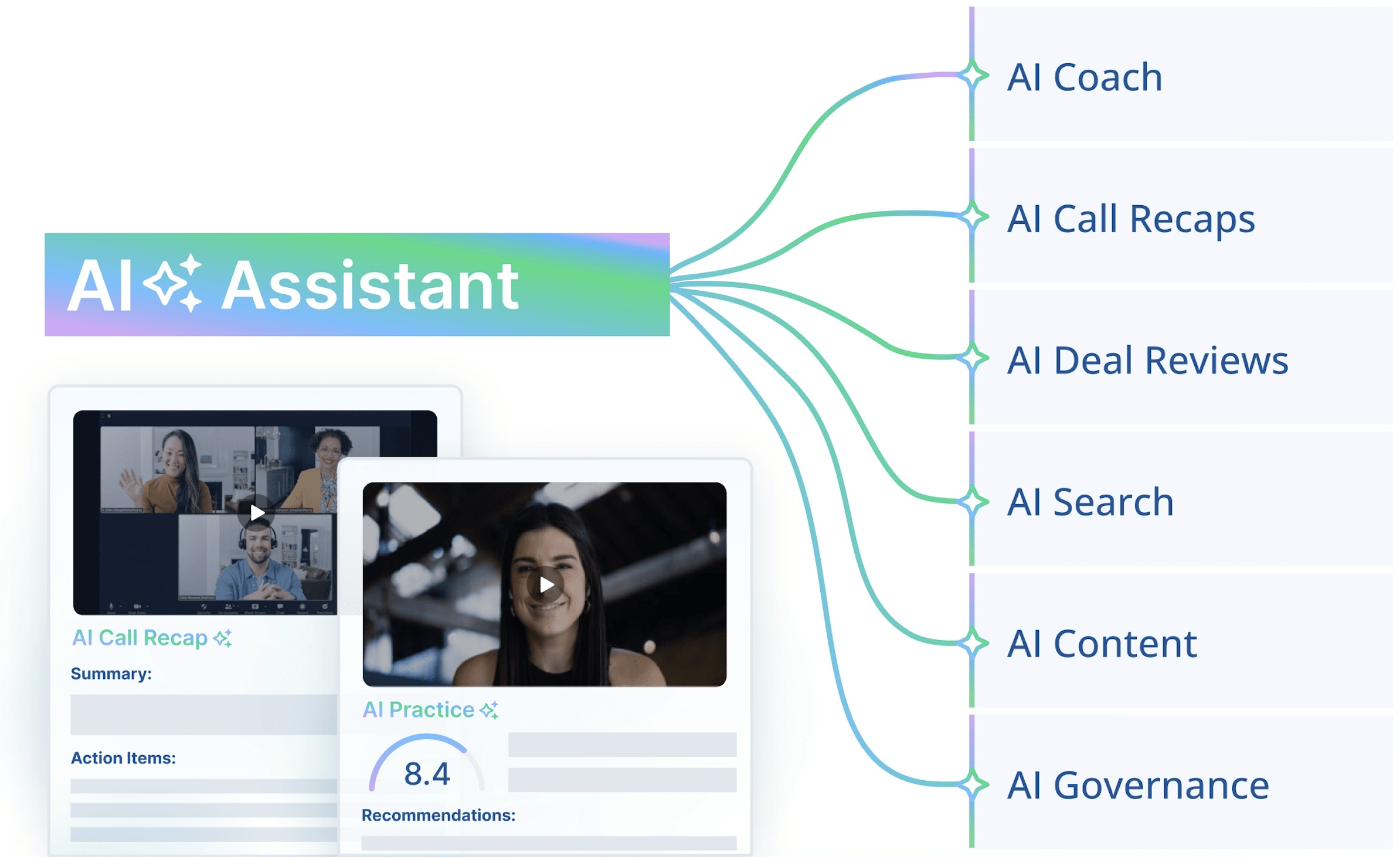What the Pandemic has shown us is that buyers have less time to devote to meetings and connecting with vendors and actually prefer more digital self-serve methods to their buying. Buyers are actually preferring to do more and more of their research online independently.
The global pandemic has catapulted sales teams — ready or not — into the brave new world of virtual selling. The buyer’s journey today involves fewer face-to-face meetings, asynchronous interactions, greater personalization and compressed sales cycles. While some sales organizations have adapted well to this shift, many others are struggling to master remote selling tools and processes, and grappling with disruptions to the status quo.”
Gartner states that only 17% of the buying group’s time is actually spent meeting with potential suppliers, while the other 83% is spent researching independently or meeting with their buying group internally.
What this means is that we have to become incredibly efficient with our buyer’s time, and personalize our interactions to ensure they are the most relevant to our buying group.
The Trend To More Digital Selling
- 70% – 80% of decision makers prefer remote human interactions or digital self service. (McKinsey & Company)
- 25% of buyers spend less time talking with vendor representatives than they did before the pandemic. (Forrester)
- By 2026, 30% of B2B sales cycles will primarily run through digital sales rooms to manage the customer life cycle.” (Gartner)
- 55% of buyer decision-makers indicated that they prefer to interact with salespeople remotely over screen-share platforms. (Forrester)
Checklist For Running Better Remote Sales and Customer Meetings
Now that meetings are increasingly happening remotely, we need to be more organized with our planning and communications before, during and after meeting. Every meeting matters more.
Here’s a proven checklist on running effective remote sales meetings. It’s good for new and experienced sellers to use as a reminder before scheduling calls with new prospects and existing customers.
If you’re a manager, share it with your teams in your next weekly coaching huddle or pipeline review call. It’s also good to highlight in your 1:1s.
#1) Preparation
Prepare for your meeting by researching people and company. Preparation matters. Connect the dots with who you know and who you want to know. Be in the know of what’s going on with the company, people and industry.
#2) Briefing
All meeting attendees, internal and external, should be pre-briefed on meeting goals. Over-communicate to all stakeholders.
#3) Agendas
Always have meeting agendas. Put your agenda in your calendar invites. Reconfirm the agenda 24 hours before a meeting with your meeting attendees and stakeholders.
#4) Storytelling
The stories we share while slides are presented should reinforce the message. Our words should add color to our narrative. Our stories should build credibility and urgency. You want your meeting attendees saying: “I want that.”
#5) Slide Transitions
How we transition before and after slides is an important skill to master. Strategically plant questions to ask to drive more conversation on key slides and places in your demonstration. It’s less about you and more about them. Get them talking early and often,
#6) Curiosity
Ask open-ended questions. Quantify issues and impacts. Highlight the cost of doing nothing. Be authentically curious and don’t read from a script.
#7) Recap
Leave time before the meeting ends to recap what you learned. Use your customer’s words. Continue being curious. Ask: “What Did we miss?” Send recap in email and/or video.
#8) Next Steps
Be clear on the path forward. Ask your meeting attendees their ideal next steps. Share next steps that are proven to help solve their issues faster.
#9) Follow Up
Send the follow up notes and/or video the same day or no later than, twenty four hours after the original meeting time. Use a digital sales room with shared docs to co-create mutual action plans with your champions.
#10) Time Management
Always leave time for feedback. Use the the last 5-10 minutes of a meeting to hear feedback, recap what you learned and brainstorm next steps.
Below is an eight minute video outlining the choreography of remote sales meetings.
How to Measure Buyer Engagement After a Meeting
With Buyer Sites, sellers automate buyers’ engagement virtually, while making it easy for sellers to share personalized videos and content, and to track buyer engagement, signals and intent. Also known as digital sales rooms (DSRs), Buyer Sites streamline internal and external collaboration throughout the sales process, and include video tracking and transcription, buyer-seller discussion boards, meeting bookings, seller dashboards, plus the ability to create one-click branded sites, correlate activity to outcomes and more.




